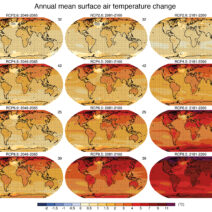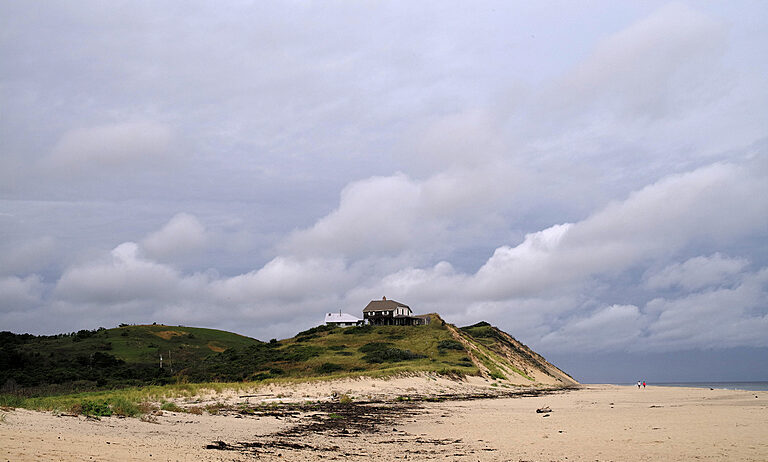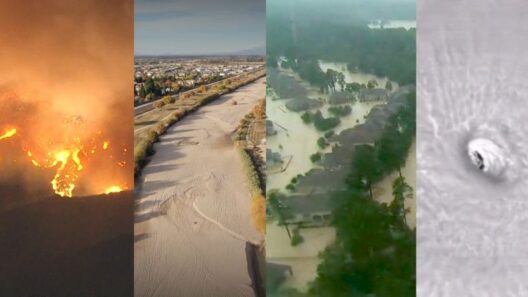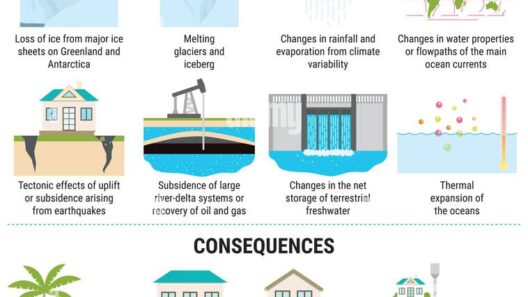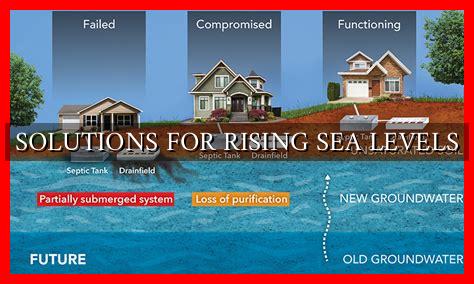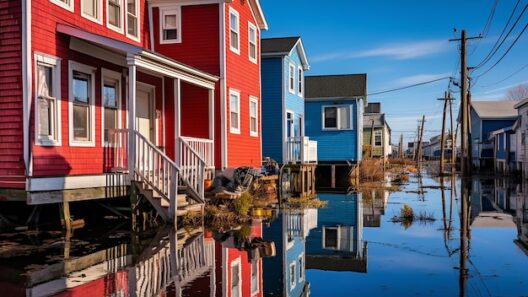The phenomenon of rising sea levels is an intriguing and complex issue that has significant implications for life on our planet. While the phrase may evoke fears of inundated coastlines and displaced communities, it also serves as a symbol of a larger conversation about climate change and environmental stewardship. By delving into the science behind sea level rise, we can cultivate a profound understanding of its mechanics and its inexorable impacts on humanity.
Understanding the Science of Sea Level Rise
Sea level rise is driven by a melange of factors, the primary culprits being thermal expansion of water and ice melt from glaciers and ice sheets. As the planet warms, the oceans absorb heat, causing the volume of water to expand. This thermal expansion is a pivotal contributor to the overall rise in sea levels. Data suggests that approximately half of the observed increase in sea levels can be attributed to this phenomenon.
Additionally, the melting of continental ice sheets, specifically in Greenland and Antarctica, adds significant amounts of freshwater to the oceans, exacerbating the rise. Globally, glaciers are retreating at an alarming rate, as evidenced by satellite observations and ground measurements. The combined effects of thermal expansion and ice melt present a multifaceted challenge—one that requires holistic approaches to mitigation and adaptation.
The Role of Ocean Currents and Tides
It’s essential to understand that sea level rise is not uniform across the globe. Regional variations are influenced by ocean currents, gravitational forces, and tidal patterns. For example, as ice sheets lose mass, the gravitational pull they exert diminishes, which can lead to localized rises in sea level in areas nearby. Conversely, regions far from melting ice sheets may experience different dynamics, such as changes in currents that redistribute water.
Furthermore, the interplay between sea level and tides cannot be understated. High tides, when compounded with sea level rise, can create conditions for devastating storm surges. The phenomena of king tides, which occur when the sun and moon are aligned, can lead to significant temporary flooding events, revealing the immediate dangers posed by slowly rising seas.
Mercurial Nature of Melting Ice
The melting of ice from glaciers and ice caps is a crucial aspect of sea level rise—what is often termed “the tipping point.” Climate models predict that if global temperatures exceed critical thresholds, the disintegration of the Greenland and West Antarctic ice sheets could become irreversible. This cascade effect could lead to several meters of sea level rise over the next century or two. The ramifications would be catastrophic for coastal cities worldwide, highlighting the urgency of taking action against climate change.
Concurrently, the albedo effect, where dark ocean waters absorb more sunlight than reflective ice, contributes further to warming oceans. As ice retreats, the discussion transforms not merely into a statistical model but a climactic crisis that necessitates an immediate shift in our collective consciousness on environmental matters.
Socio-Economic Implications of Sea Level Rise
Understanding the mechanics of sea level rise serves not only academic interests but calls to action for policymakers and community leaders alike. Coastal cities are on the frontline, facing risks to infrastructure, economies, and biodiversity. From Miami to Venice, the economic ramifications of rising seas present a formidable challenge, necessitating large-scale investments in climate resilience, flood defenses, and sustainable urban planning.
Moreover, the humanitarian aspect cannot be ignored. Millions are projected to become climate refugees, forced to abandon their homes in search of safety. As cities and nations grapple with the implications of rising seas, conversations must be broadened to include justice and equality, ensuring that those who have contributed the least to climate change are not disproportionately affected by its consequences.
Engaging Communities in Climate Change Solutions
Public awareness and community engagement are critical components in tackling the challenge of rising sea levels. Fostering a community-wide understanding of the local impacts and possible solutions can galvanize societal action. Indeed, grassroots movements have demonstrated that collective stewardship can catalyze local policy changes and enhance resilience against climate perturbations.
Educational initiatives emphasizing adaptive behaviors, such as managed retreat, infrastructural modifications, and ecosystem restoration, empower citizens to actively participate in shaping the future. Cities like New York and New Orleans offer vibrant examples of how adaptation strategies can be integrated into urban planning to mitigate risks associated with rising seas.
Innovation and Adaptation
Finally, technological advancements present a glimmer of hope in the battle against rising oceans. From early warning systems that predict floods with greater accuracy to engineered solutions like floating architecture, human ingenuity is poised to create adaptive mechanisms. Additionally, restoring natural barriers like mangroves and marshlands can buffer coastal areas, while simultaneously enhancing biodiversity.
Our understanding of sea level rise may evolve as scientific research and local experiences coalesce, prompting further inquiries into resilience and sustainability. The intricacies of this global challenge underline a simple truth: collective action against climate change is not optional; it is imperative for the survival of communities and ecosystems alike.
In essence, the rising seas beckon us to shift our perspective on environmental stewardship. Exploring the mechanics behind sea level rise compels a re-evaluation of our choices, urging society to prioritize sustainable practices. As we confront the tangible manifestations of climate change, the call to action resonates louder than ever: we must cultivate curiosity, engage in communal dialogue, and commit to safeguarding our planet for generations to come.
